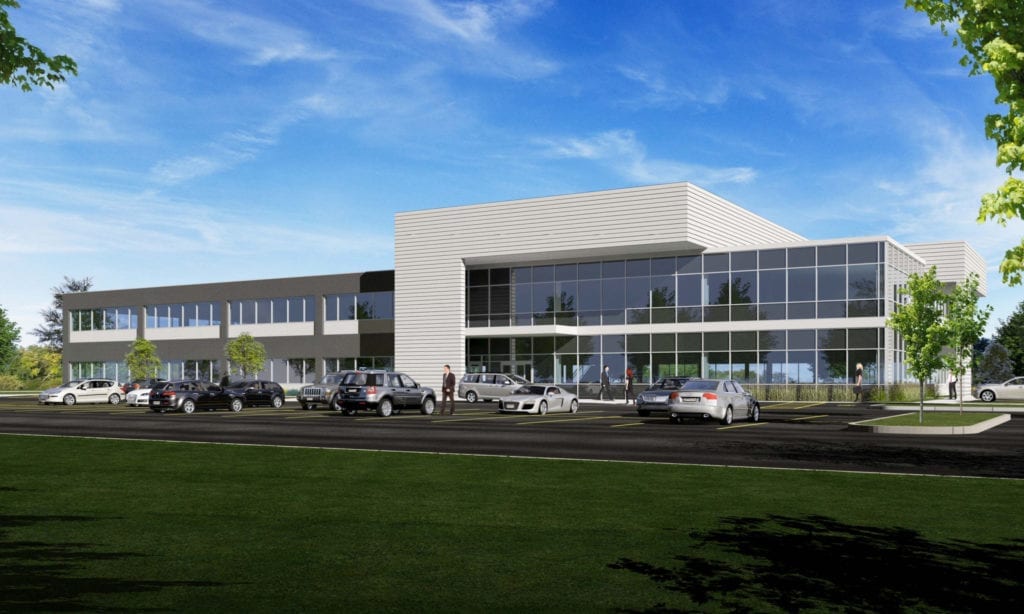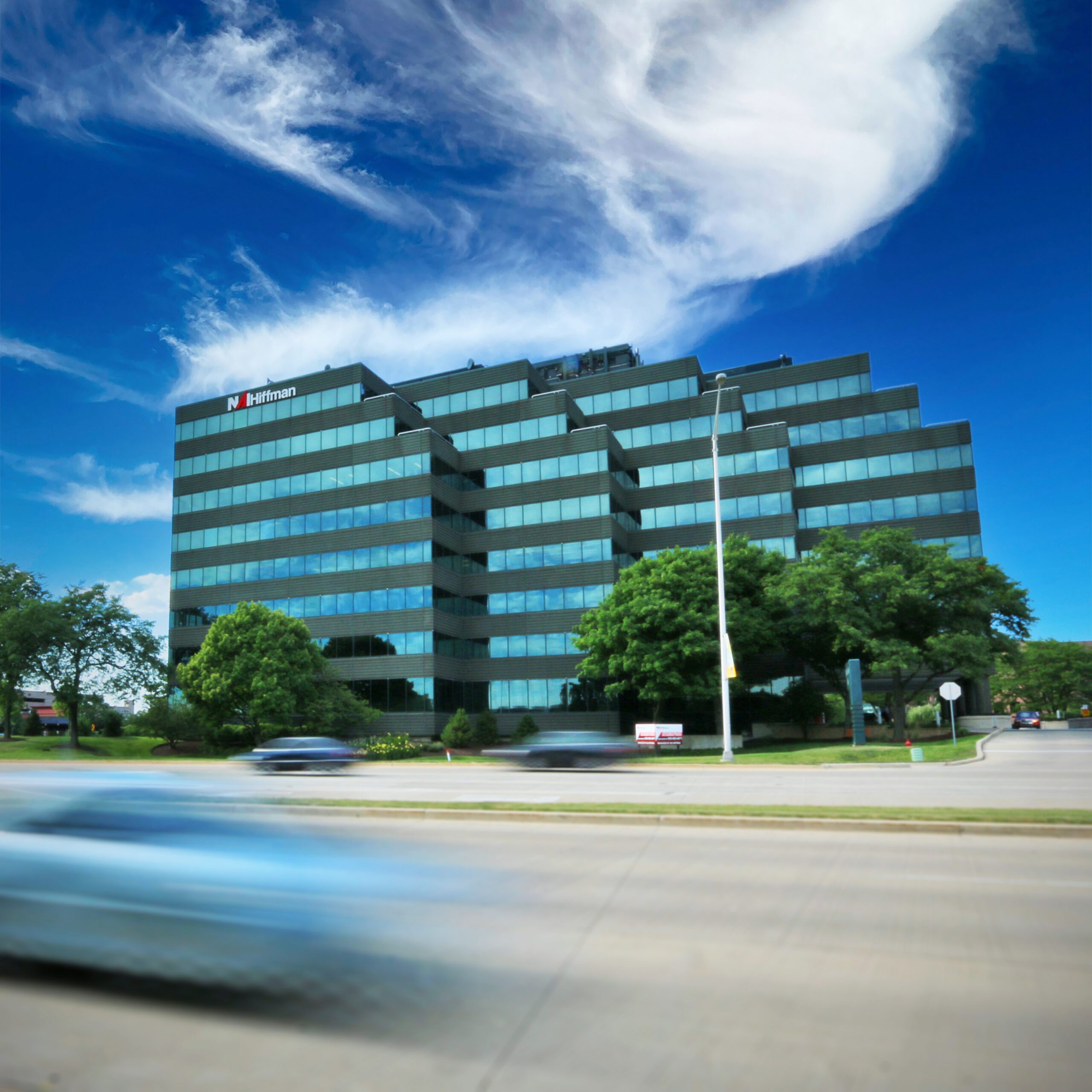May 2020
Medical office still targeting smaller, neighborhood locations

Anyone who has kept eyes on healthcare real estate has noted the sector’s move toward retailization—the shift to bring medical care to smaller, less acute settings away from hospital campuses and closer to where people live and work. Despite all the changes that the COVID-19 pandemic has wrought economy-wide, it’s unlikely to alter the trajectory of this particular trend.
“I don’t think that’s going to dramatically change,” said Brian Edgerton, senior vice president, healthcare services team, NAI Hiffman. “That model serves the healthcare system very well and, after listening to what patients and consumers are expecting these days, that solution will meet their needs well into the future.”
The fundamentals of locating a medical office building (MOB) on a high-profile site, one with good visibility and transportation access, haven’t transformed in the cold light of COVID-19. If anything, it will likely only intensify the trend.
Large hospitals and healthcare providers are going to have to find ways to build in flexibility so that they can accommodate any future surges brought on by another pandemic or similar crisis. But neighborhood MOBs were never intended to serve that level of patient care.
It’s hard to know how healthcare consumers will behave in the future, but for now, many are very reluctant to go to a large hospital where the number of people coming and going increases their risk of contracting the virus. Smaller MOBs with lower volumes of foot traffic present a more attractive option for those seeking non-acute care.
Investors like these properties too, as evidenced by the medical office deals still closing even during this pandemic. HSA PrimeCare recently sold a four-property MOB portfolio in Illinois and Wisconsin to IRA Capital. MLL Capital is preparing a rebranding and capital improvement program at the 63,000-square-foot MOB that they acquired in Chicago’s Ravenswood neighborhood.
“Whereas before some might have viewed healthcare real estate as a niche, more investors are viewing it as a core asset class,” said Edgerton. “I absolutely think that healthcare real estate is still a safe place to be.”
Analysts concur that a medical office building, especially one with an accredited health system as an anchor tenant, is a very stable investment. Compared to general office space, which may see a downturn the longer that stay-at-home measures are in place, investors holding onto MOB assets are in a far better position.
NAI Hiffman is marketing The York Health Center, a build-to-suit opportunity at 1800 S. York Road in Oak Brook, Illinois. The developer, Milwaukee-based Irgens, are betting that the location—with more than 176,000 vehicles passing by daily—will be an attractive destination for a major healthcare provider.
The 2.5-acre site can accommodate a new, 50,000-square-foot medical office building. The future project at the junction of I-88 and York Road would complement what has become a burgeoning medical corridor with Midwest Orthopaedics at Rush, Elmhurst Memorial Hospital and an Advocate Health outpatient facility all within half a mile of the site.
Speculating as to possible effects that the pandemic may have on this asset class, the one possible wrinkle is the advent of telemedicine. The capability to call in or videochat with a doctor has been heralded for years as the next stage in healthcare, something that will revolutionize the industry in the years to come. But with the onset of COVID-19, those years have come much quicker than anyone could have predicted.
“The consumers of telemedicine up to this point have been the younger millennial generation. Not as many older folks were utilizing it,” said Edgerton. “But now the pandemic has pushed it forward five or 10 years.”
It’s possible that wider telemedicine use across new demographic groups may take root and, in the near future, reduce the need for medical office space as more and more doctors consult their patients remotely. However, Edgerton doesn’t expect that healthcare real estate will see an appreciable decline in demand.
“It’s an interesting case study that we’re living through in real time,” said Edgerton. “But I think telemedicine is just a different utilization of the healthcare continuum. There is absolutely always going to be a need for a health system to have that physical touch point with a patient.”
Whether it’s a specialist, pediatrician or primary care doctor, there will still be a need for brick-and-mortar medical facilities. As healthcare consumers have shown an unwavering desire to receive that care off-campus when possible, expect that the retailization trend will continue unabated in the years to come.
As seen at REjournals.com


